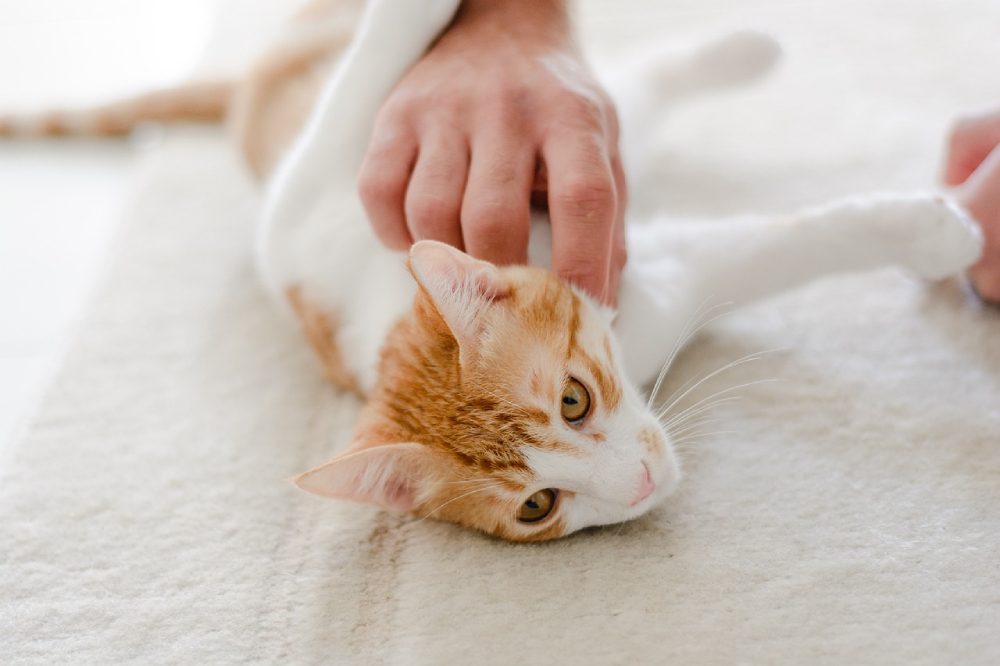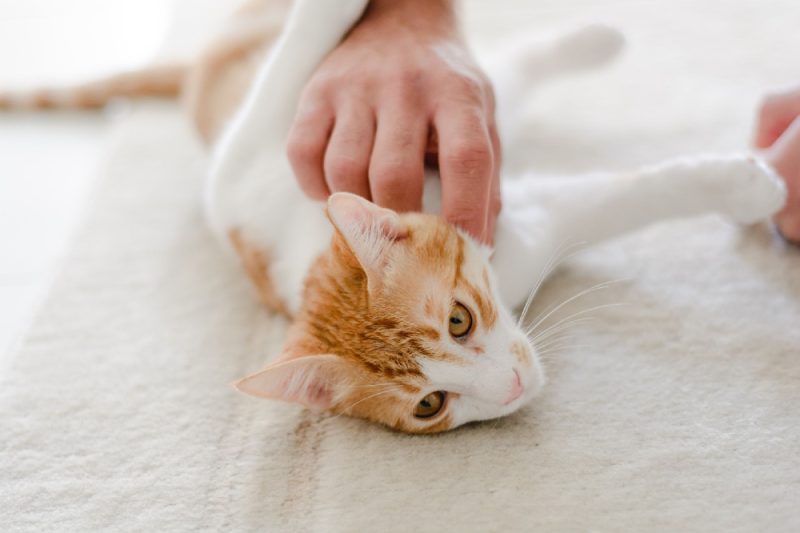Click to Skip Ahead
Lymph nodes are present in humans and cats, but most of us are not aware of their existence unless there’s a problem. They play a crucial role in preventing infections in cats, but unfortunately, lymph node diseases are fairly common.
In this article, we explore the function of lymph nodes, their significance, and the indicators that they have become swollen.
What Are Lymph Nodes?
Lymph nodes are best described as small bean-shaped organs that are part of a cat’s immune system. More specifically, they are part of the lymphatic system, which entails the organs and tissues that move and drain lymph fluid throughout the body.
The lymph nodes are essentially filters for the lymph fluid, removing harmful substances like bacteria, viruses, and fungi, thus preventing infections and diseases. After the extra lymph fluid is drained from the tissues, it is passed through the lymph nodes and then circulated back into the bloodstream.
Lymph nodes contain lymphocytes, and other white blood cells. These antibodies help fight off infections by stopping diseases and destroying them.
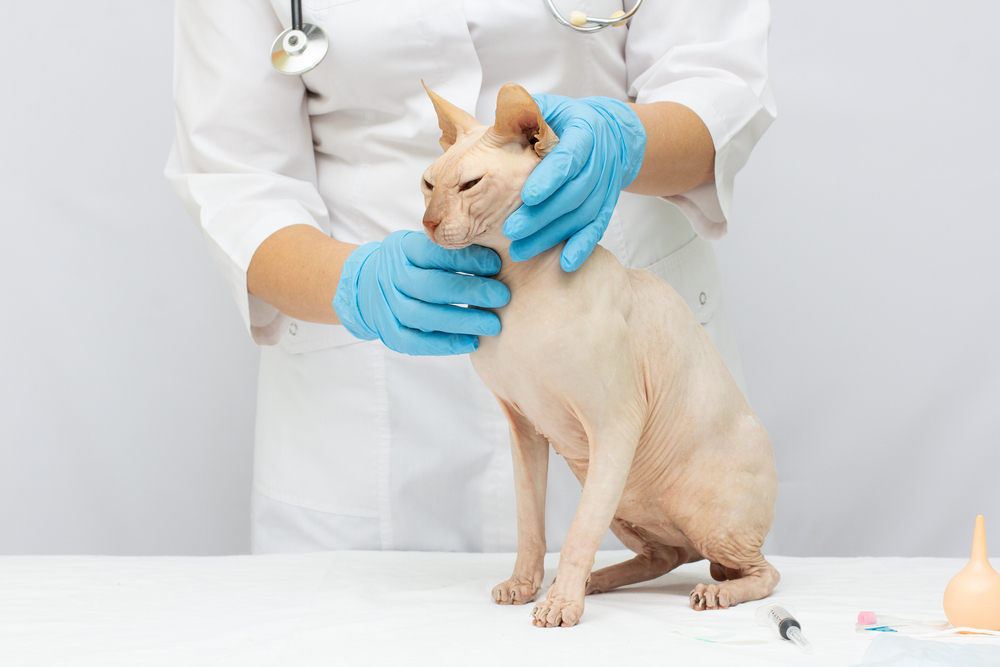
Where Are Cats’ Lymph Nodes?
The lymph nodes can be found in various parts of the body, but not all are easy to locate. Your veterinarian will routinely check your cat’s lymph nodes in five different locations:
- Submandibular: Beneath the jaw in the neck region
- Axillary: Both sides of the chest in the armpits
- Prescapular: In front of the shoulders
- Inguinal: Near the groin on the inside of the rear legs
- Popliteal: On the rear legs on the opposite side of the knees
There are other lymph nodes in the chest and abdomen, but these are internal and cannot be felt from the outside.
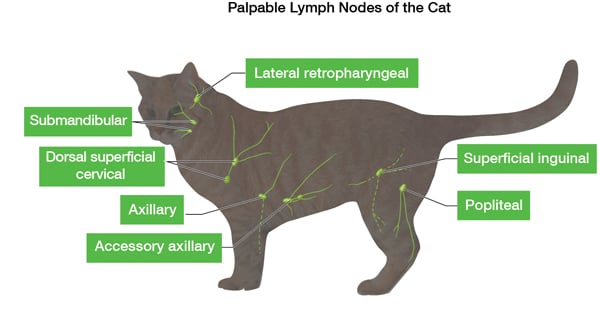
What Are the Signs of Swollen Lymph Nodes in Cats?
When a cat’s lymph nodes become swollen, it is known as lymphadenopathy. The condition indicates that there may be an underlying medical issue. The swelling can occur in a single lymph node, a group of lymph nodes, or all lymph nodes, and it can happen gradually or quite quickly.
In addition to swelling of lymph nodes, other signs of illness might occur, which can include:
- Lymph node pain
- Lymph nodes being hot to the touch
- Lethargy
- Lack of appetite
- Trouble eating
- Weight loss
- Coughing
- Rapid breathing
- Difficulty breathing
- Vomiting
- Fever
- Swollen limbs
If you notice any swelling on any part of your cat’s body, seek veterinary attention as soon as possible.
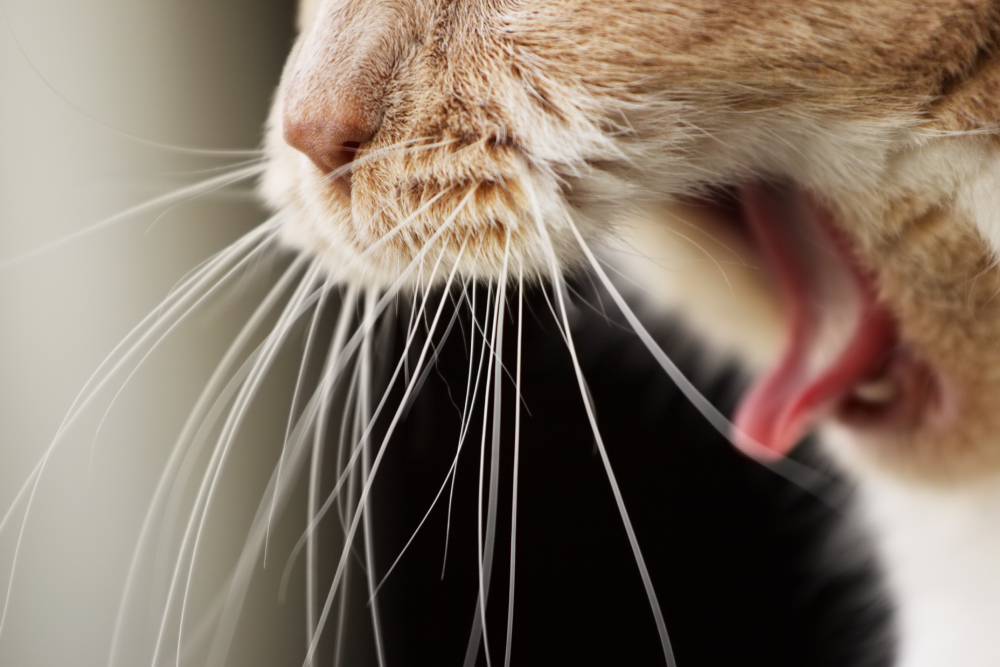
What Are the Causes of Swollen Lymph Nodes in Cats?
Swollen lymph nodes in cats can have various causes, including a reaction to a vaccine or virus, illness from ticks, inflammatory conditions, cancer, or other infections.
The cases of enlarged lymph nodes can range from minor to life threatening, which is why it’s important to seek veterinarian help if they feel swollen.
How Do I Care for a Cat With Swollen Lymph Nodes?
How a cat recovers entirely depends on what led to the swollen lymph nodes in the first place. If the cause is a result of an infection, your cat will recover more quickly than if the cause is lymphoma.
If your vet has given you a course of prescription medication for your cat, administer the meds exactly how your vet directed. If your cat underwent surgery, follow the instructions for cleaning the incision and keeping your cat in a low-stress environment.
You’ll likely need to schedule a follow-up appointment and discuss further treatment if necessary.
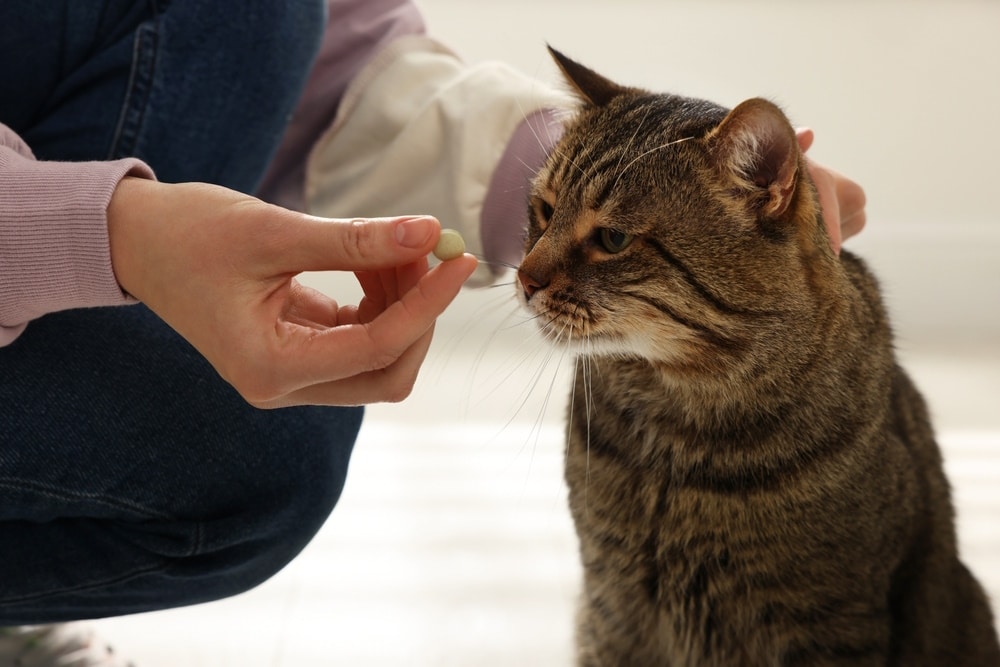
Frequently Asked Questions (FAQ)
What Do Healthy Lymph Nodes Feel Like?
Healthy lymph nodes are usually firm to the touch and may move slightly under the skin. They are about the size of lima beans, but only the submandibular (located under the jaw) and the popliteal (situated on the rear legs opposite the knees) lymph nodes are easily detectable.
The remaining lymph nodes can typically only be felt when they become enlarged.
How Can You Tell If the Lymph Nodes Are Swollen?
When swollen, lymph nodes will feel firm and round and might be painful, so your cat might react if you touch them. The lymph nodes might also be visibly larger if they are swollen enough.
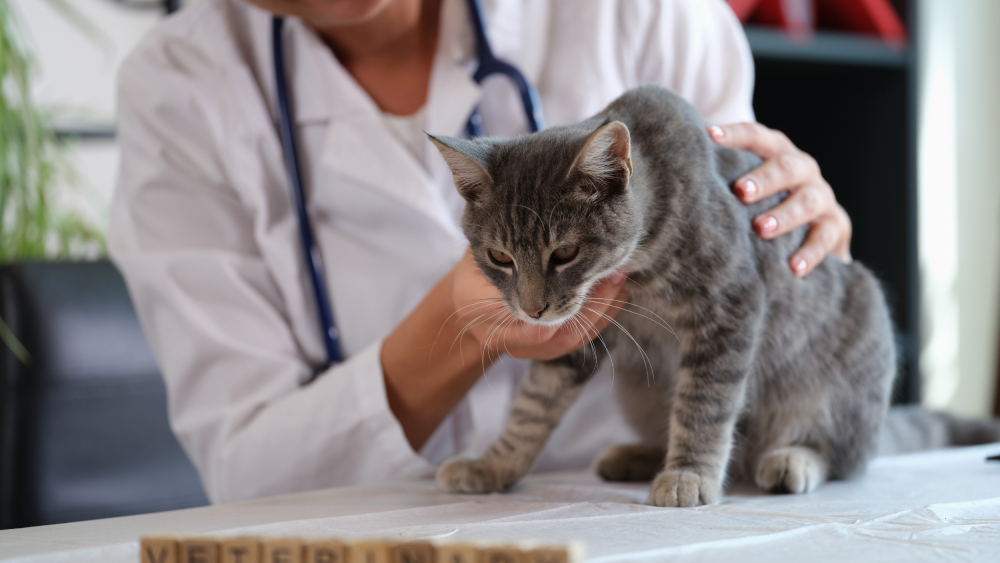
How Do You Know If Swollen Lymph Nodes Are Serious?
If your cat has swollen lymph nodes, they are likely dealing with a serious illness. It is critical to take your pet to the vet immediately, especially if you suspect their lymph nodes are enlarged.
Are Swollen Lymph Nodes Painful for Cats?
Swollen lymph nodes in felines can be painful and tender, and you might notice your cat feeling poorly in general. The swelling of the lymph nodes in the neck can make swallowing painful, so your cat might also lose their appetite.
Some cat owners might not realize their pet’s lymph nodes are enlarged, and they might take their cat to the vet for other signs of illness that the animal may be showing.
Conclusion
Lymph nodes play a crucial role in your cat’s immune system by helping to prevent infections and diseases. Enlarged lymph nodes indicate that your cat is fighting an illness. While most health conditions associated with swollen lymph nodes are not preventable, you can at least ensure that your cat receives annual tick prevention treatment. Even if you have an indoor cat, they still require annual exams and preventative care as recommended by your veterinarian.
Always keep an eye on your cat’s behavior, and if you notice any physical swelling or unusual behavior, don’t hesitate to schedule an appointment with your vet. Remember, you know your cat best!
Featured Image Credit: Nadiye-Odabaşı, Pixabay

